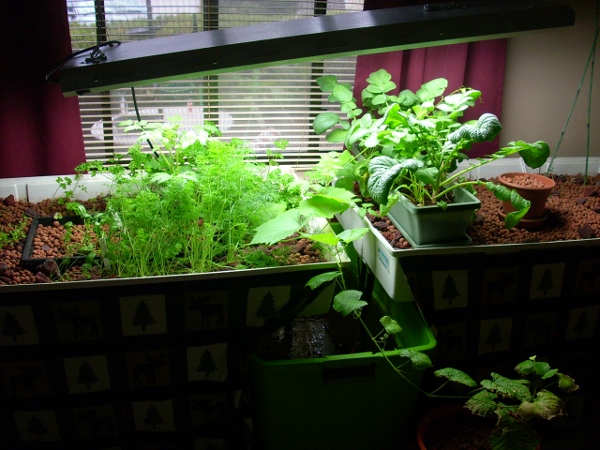In their aquaculture system they grew a wide variety of crops such as maize, squash and other plants in tandem with rearing fish for food too. the aztecs were immersed in their aquaculture efforts from the 1400’s onwards. the opposing camps in the history of aquaponics camp favor the ancient chinese of the 6 th century.. A quick look at how we've started growing our own fish food for the aquaponics system, and a quick check on the grow beds.. They feed on pellet food, duckweed and other veggies in the aquaponics system. yellow perch fish: this type of fish is very good to grow in the recirculating systems. they prefer being in cool water and are very much adjustable to the changes in ph level of water. these fishes feed on the pellets and other veggies..
Aquaponics uses a hydroponic-style system in which the plants are grown with minimal or no soil. however, aquaponics uses the waste from fish farming as the nutrient source in the system. as a result, the system still has two advantages: it uses less water than traditional agriculture.. Aquaponics is the harmony of growing fish and plants together in a closed water loop. the fish produce the nutrients for the plants and the plants filter the water for the fish. the only input is fish food. this system uses 90% less water than conventional practices. no fertilisers. no herbicides. no pesticides. organic food production anywhere.. The process is known as aquaponics, combining hydroponics (growing vegetables in water) and aquaculture (growing fish). the students will grow leafy greens such as chard, lettuce, rocket and sorrel, and experiment with broad beans, strawberries and leeks, to test the aquaponics system as a method for producing sustainable food for the future..






0 komentar:
Posting Komentar